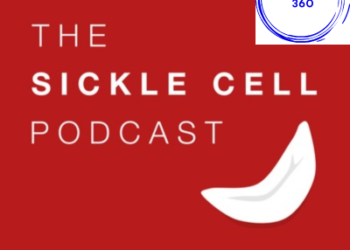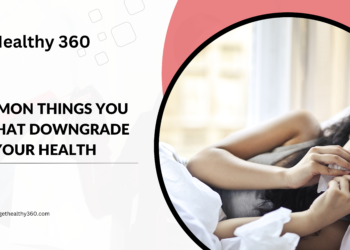Botox and Sweating. A New Treatment Option.
 Botox, also known as botulinum toxin, is FDA approved for treatment of excessive armpit sweating. Treatment with Botox led to an 85% decrease in sweating compared to the patients original conditions with effects lasting 7 months on average. Botox has also been used for sweaty palms. Unfortunately the results are not as positive, with effects lasting about 4 months on average.
Botox, also known as botulinum toxin, is FDA approved for treatment of excessive armpit sweating. Treatment with Botox led to an 85% decrease in sweating compared to the patients original conditions with effects lasting 7 months on average. Botox has also been used for sweaty palms. Unfortunately the results are not as positive, with effects lasting about 4 months on average.
The Research
See comment in PubMed Commons below
Hautarzt. 2012 Jun;63(6):469-76. doi: 10.1007/s00105-012-2333-z.
[Botulinum toxin in focal hyperhidrosis. An update].
Hosp C1, Naumann MK, Hamm H.
Klinik und Poliklinik für Dermatologie, Venerologie und Allergologie, Universitätsklinikum Würzburg, Josef-Schneider-Str. 2, 97080, Würzburg, Deutschland.
Abstract
Eight years after its approval, intralesional injections of botulinum toxin type A have become established as an easily performed, highly effective and almost complication-free therapeutic option in primary axillary hyperhidrosis. Sweat production is decreased to about a sixth of previous amounts, and the effect persists for 7 months on average. Restoration of the often significantly impaired quality of life has been convincingly documented in large studies. The effect of botulinum toxin is based on the inhibition of the release of acetylcholine into the synaptic cleft. In addition to this approved use, botulinum toxin is also successfully employed in other forms of focal hyperhidrosis, particularly in gustatory sweating. However, its use in palmoplantar hyperhidrosis, the second most common form of primary hyperhidrosis, is limited because of the pain from numerous injections, need for increased doses of the expensive toxin and the relatively short effective period of about 4 months. Botulinum toxin type B appears to be comparably effective as type A products but is more often associated with systemic adverse events.






